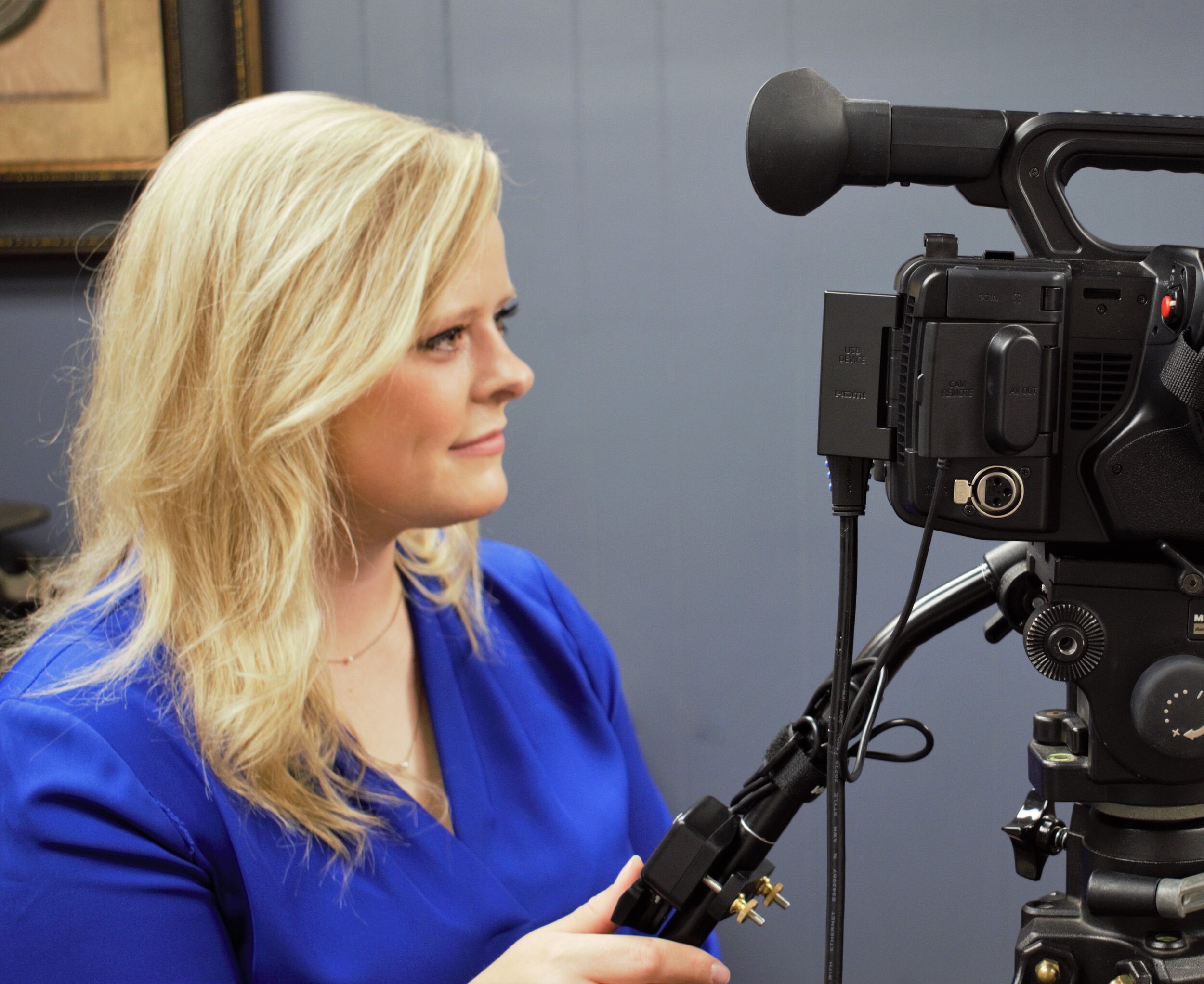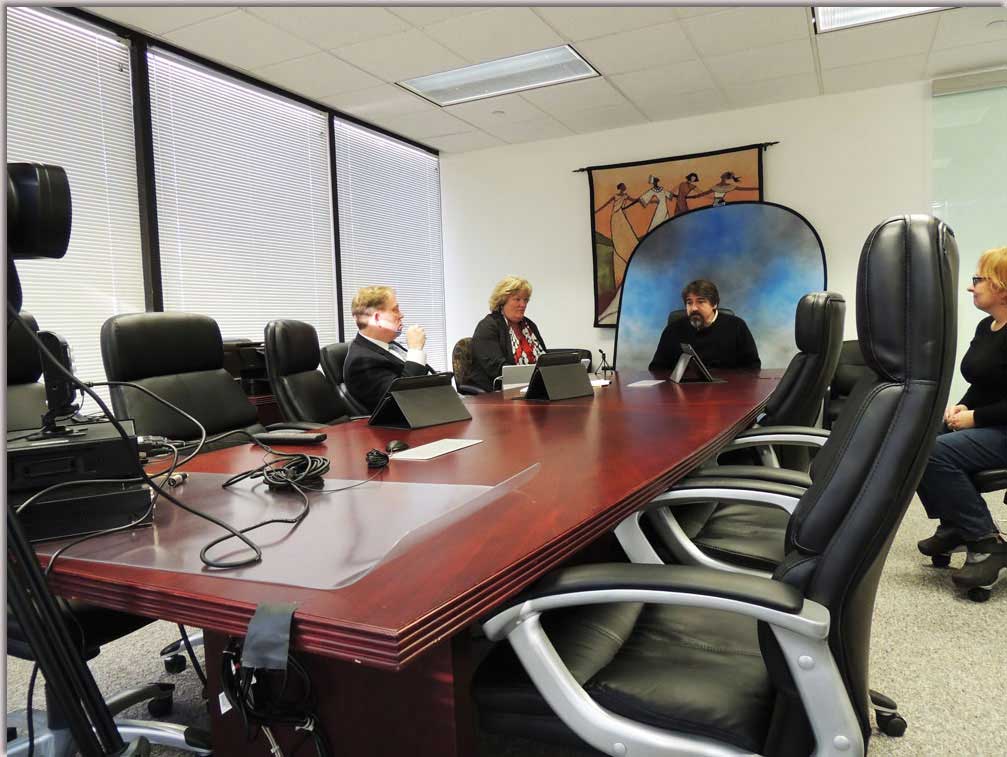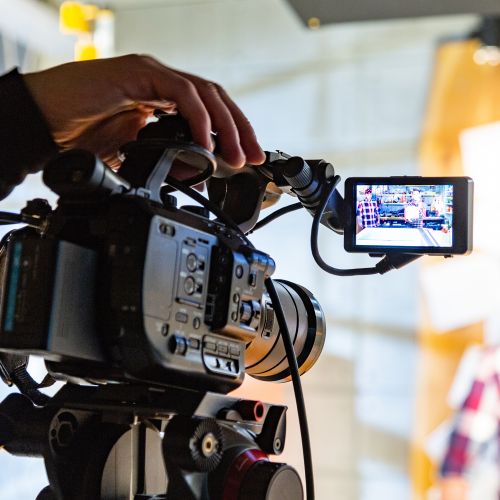Delving Into the Devices of Legal Videography: Unveiling Its Operation in Shielding Genuine Aesthetic Testimony for Judicial Process
In the world of judicial proceedings, the role of lawful videography stands as a foundation in preserving and presenting aesthetic evidence. As modern technology proceeds to development, the devices behind legal videography have actually come to be increasingly complex, offering a vital layer of authenticity to testimonies recorded on video.
Historic Advancement of Legal Videography
Analyzing the historic progression of legal videography reveals a significant makeover in the catching and presentation of visual proof within the lawful landscape. In the past, legal process heavily relied upon composed photographs and transcripts to record occasions and provide proof. Nonetheless, with the advent of video clip innovation, the legal market saw a standard change in just how aesthetic testimony was recorded and provided.
The evolution of lawful videography can be traced back to the late 20th century when improvements in video recording tools made it a lot more obtainable for use in courtrooms. This technical innovation not just improved the accuracy and dependability of visual evidence yet also transformed the means instances were offered to courts and judges (Legal Videography). Lawyers started to recognize the convincing power of video clip recordings in sharing feelings, nuances, and non-verbal hints that created photographs or records alone could not capture efficiently

Innovation Innovations in Video Documentation
What essential technological developments have reinvented video documents in the legal field? The legal area has actually seen substantial advancements in video clip paperwork technology that have actually boosted the authenticity and dependability of aesthetic evidence in judicial process. One of the crucial improvements is high-def (HD) video recording abilities, which provide crystal-clear images and sharp details that are critical for properly catching testimonies, faces, and other visual hints. Furthermore, the combination of timestamping and metadata attributes in video clip documents devices has actually made it possible for precise paperwork of when and where the video was videotaped, guaranteeing the honesty of the proof offered in court.
In addition, innovations in video clip encryption and watermarking modern technologies have actually bolstered the safety and tamper-proof nature of video evidence, protecting it versus unauthorized alterations or meddling. In addition, the arrival of cloud storage space remedies and remote accessibility capacities has structured the storage, retrieval, and sharing of video proof, promoting seamless collaboration among lawyers and guaranteeing efficient access to vital visual testimonies when required. These technical improvements in video documents have unquestionably changed the legal area, improving the precision, reputation, and admissibility of aesthetic proof in judicial procedures.
Duty of Lawful Videographers in Court Room Settings
The evolution of video clip paperwork technology in the lawful field has actually necessitated a crucial duty for legal videographers in court room settings, making certain the stability and dependability of aesthetic statements provided during judicial proceedings. Legal videographers play an essential duty in catching and maintaining exact aesthetic proof that can be critical in litigation. Their responsibility prolongs to setting up equipment, tape-recording process, and producing high-quality video clips that properly reflect the occasions in the court.
Additionally, lawful videographers commonly work closely with lawful groups to ensure that the video proof straightens with the situation's requirements and can be properly offered in court to support the lawful debates being made. Generally, the duty of lawful videographers in court setups is crucial in supporting the concepts of justice and guaranteeing the openness of lawful proceedings. Legal Videography.

Ensuring Admissibility and Stability of Video Proof
To preserve the credibility of visual proof provided in legal procedures, guaranteeing the admissibility and stability of video clip evidence is a critical duty for lawful videographers. Admissibility describes the approval of proof by the court, and for video clip evidence to be permissible, it must fulfill specific requirements. Legal videographers play a critical function in making certain that the videos they record abide with the regulations of evidence, such as credibility, integrity, and relevance.
Honesty of video clip evidence involves preserving the creativity and accuracy of the video footage from the time it is taped up until it exists in court. This consists of safely storing the video clip data, documenting the chain of protection, and protecting against any kind of tampering or alterations. Lawful videographers must abide by stringent protocols to guarantee the stability of the video clip evidence and stop any obstacles to its credibility.
Future Trends in Legal Videography
Given the raising dependence on innovation in legal procedures, lawful videographers are poised to welcome ingenious developments shaping the future of aesthetic testament capture and discussion. One of the prominent patterns imminent is the integration of online reality (VR) and enhanced fact (AR) innovations into legal videography. These technologies have the potential to reinvent how aesthetic proof exists in courts, permitting juries and judges to immerse themselves in the scene of the criminal activity or case.
Moreover, the use of synthetic intelligence (AI) algorithms for video evaluation is anticipated to improve the process of evaluating and evaluating big amounts of video clip footage. AI can help in determining essential moments, abnormalities, and patterns within index videos, improving the efficiency of legal investigations.

Conclusion
To conclude, lawful videography has played an important function in supplying genuine aesthetic proof for judicial proceedings. Through technological advancements and the expertise of lawful videographers, the stability and admissibility of video evidence are made sure in court room setups. As lawful videography remains to develop, it will certainly be necessary to support read here requirements that preserve the accuracy and integrity of aesthetic statement for the future of legal proceedings.
Examining the historic development of legal videography discloses a substantial improvement in the catching and discussion of visual proof within the legal landscape.The development of video paperwork technology in the legal area has required a vital role for legal videographers in courtroom setups, making sure the stability and dependability of aesthetic statements presented during judicial process. Additionally, legal videographers commonly function carefully with lawful teams to make sure that the video clip evidence aligns with the situation's demands and can be effectively provided in court to sustain the lawful disagreements being made.To preserve the trustworthiness of visual evidence presented in lawful procedures, making sure the admissibility and integrity of visit this web-site video clip proof is an important obligation for lawful videographers. As legal videography proceeds to advance, it will be crucial to copyright standards that keep the precision and reliability of visual testament for the future of legal proceedings.